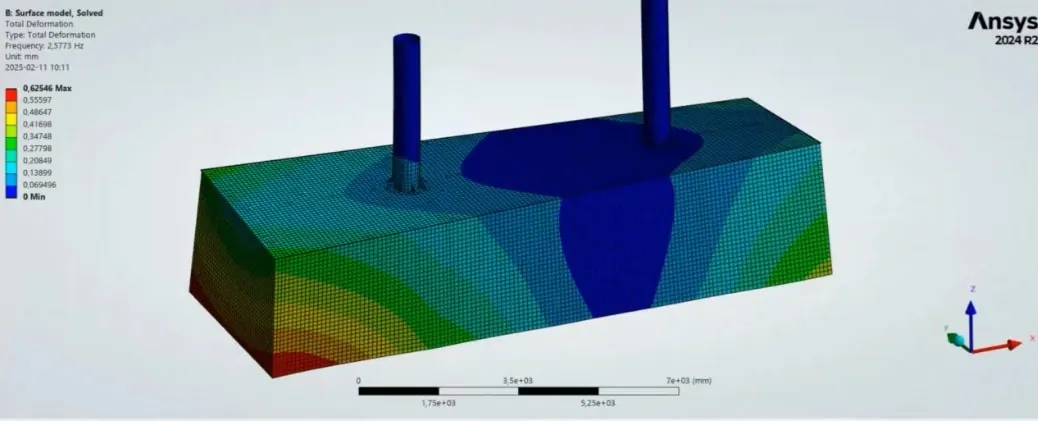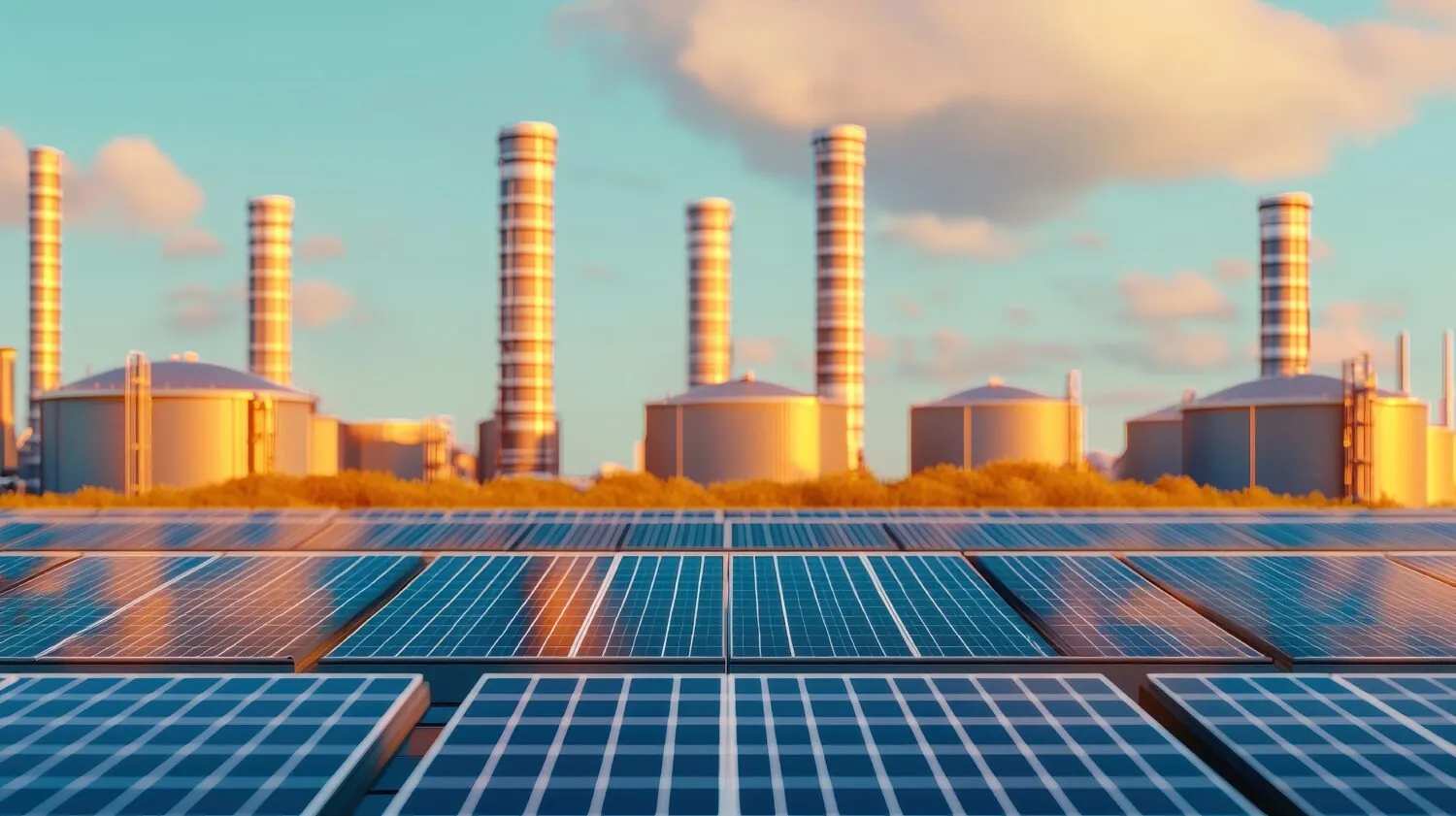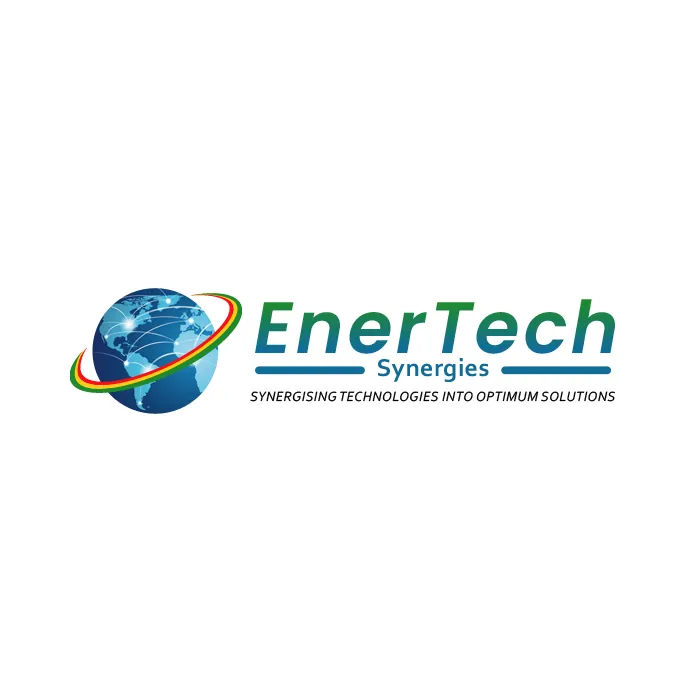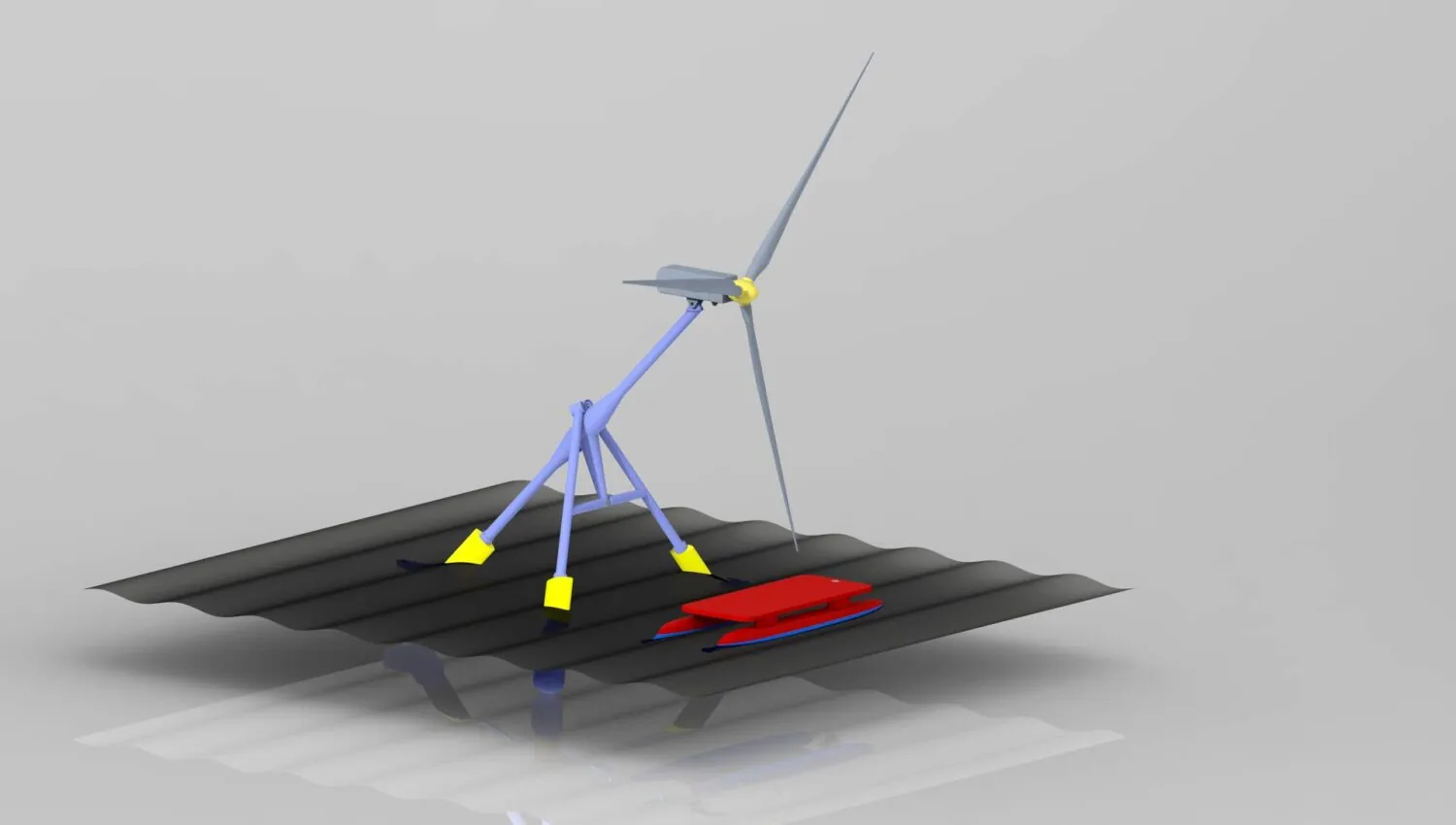The energy landscape of our world is currently undergoing a major transformation, as governments and industries recognize the pressing need to shift away from non-renewable fossil fuels and towards more sustainable and environmentally-friendly energy sources.
The combination of wind power and hydrogen production offers a groundbreaking solution. By enabling long-term energy storage and flexible distribution, this innovative pairing is rapidly becoming an integral component of the global push towards a sustainable, low-carbon energy future.
The Technology Behind Offshore Wind
Designing and operating offshore wind turbines is a complex task, with numerous challenges to overcome. Harsh environmental conditions, such as corrosive saltwater and high winds, can impact the structural integrity, performance, and lifespan of wind turbines.
Ensuring robust designs and materials is crucial to longevity and safety. Maintenance and repair work are also complicated by the unpredictable weather conditions at sea, leading to downtime that can significantly affect the profitability and efficiency of the project.
The sector is rising to the challenge by utilizing cutting-edge technologies such as AI-powered engineering tools, advanced Multiphysics simulations, and cloud computing. Digital twins allow for real-time monitoring of the turbines, providing insights into their performance and identifying potential issues before they occur. Technology integration is driving a digital transformation, paving the way for a more sustainable energy future.

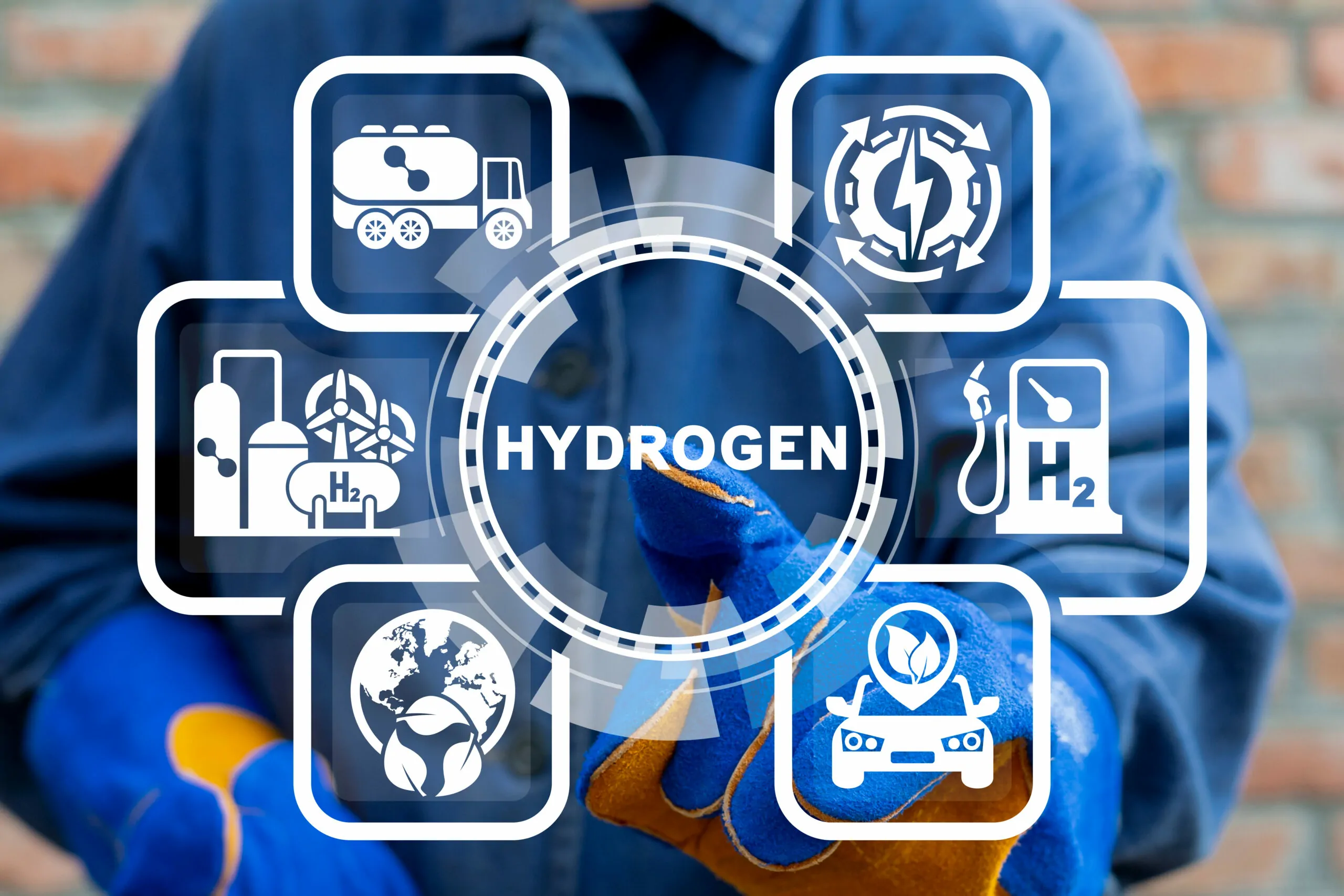
Exploring the Potential of Hydrogen
The hydrogen industry is also exploring new concepts, with many being untested in real-world settings. This is where simulation and digital twins play a crucial role. These cutting-edge technologies can validate pilot projects and conduct scale-up studies for hydrogen and P2X (Power to X) projects. By simulating complex processes, they can ensure a rapid, successful transition from lab settings to commercial environments and from small proof-of-concept installations to larger facilities with optimized operations and maintenance. This approach can help accelerate the adoption of hydrogen as a sustainable energy source and facilitate a cleaner, greener future for us all.






